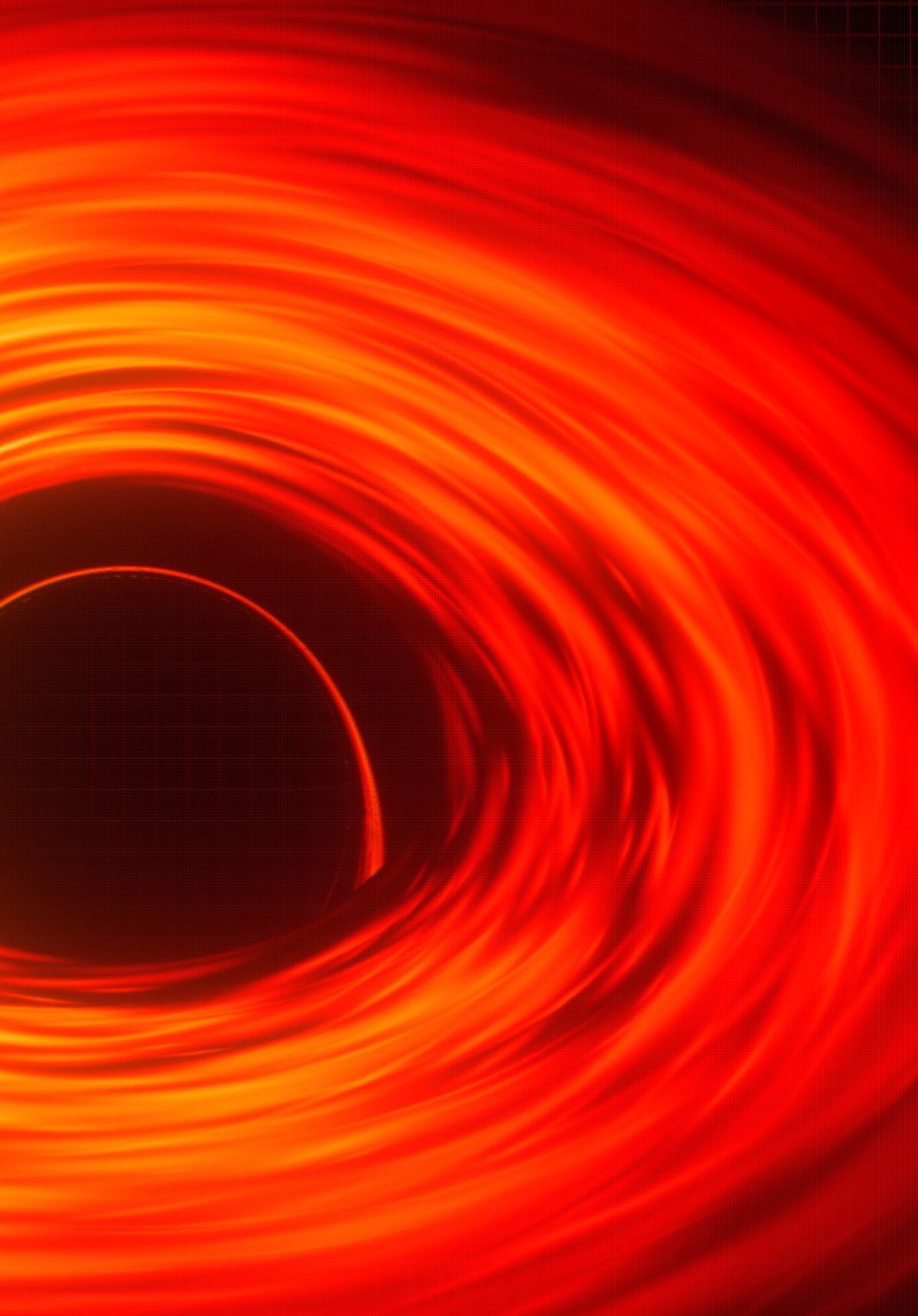NASA has released a simulation of a journey that many people have dreamed of since Albert Einstein provided the basis for scientific understanding of black holes (BNs) in 1916 with this elusive and elusive destination. More than forty years later, physicist David Finkeltein would provide the classic definition of “a region in space-time from which nothing can escape.”
A new immersive visualization produced on the NASA Climate Simulation Center’s Discover supercomputer lets enthusiasts Those who have always dreamed of what would happen if they fell into a giant black holeHe manages to investigate the mysterious event horizon, the boundary of space-time beyond which even light cannot escape.
Jeremy Schnittman of NASA’s Goddard Space Flight Center said the following for those who keep asking questions about the subject: “I simulated two different scenarios: in one, a camera representing a daring astronaut narrowly misses the event horizon, is thrown back, and crosses the border, sealing his fate.” another,” the astrophysicist explains on the space agency’s website.
1st simulation: diving into a black hole
Both simulations begin with the camera, located almost 400 million away, gradually moving at speeds closer to light. Soon the black hole’s disk, photon rings, and the night sky itself become further distorted.As light passes through space-time, it creates various images.
Because the distortion causes time to pass more slowly for objects closest to the black hole, it takes the camera 3 hours to cross the event horizon and complete almost two 30-minute orbits. However, To an outside observer, the camera never reaches the event horizon. In fact, it appears to freeze before crossing the horizon.
Logically, all this is a simplification of reality, because if the event occurred in a real black hole, the camera would break apart even before reaching the event horizon. “Once it passes the camera horizon, its destruction through ‘spaghettification’ occurs in just 12.8 seconds,” says Schnittman.
2nd simulation: bypassing the black hole
In the alternative simulation, in which the camera orbits the black hole but does not enter the event horizon, the astronaut represented there would (according to his own time control) orbit around the space object for 6 hours. However, for their colleagues on the main ship, away from the action, time passed faster and the journey took 6 hours and 36 minutes.
This is because, similarly, Time passes more slowly as we approach a strong gravitational source and approach the speed of light..
But Schnittman thinks the situation could be even more extreme if the black hole wasn’t the type considered in the simulation but instead was a “rapidly rotating black hole, as shown in the 2014 movie ‘Interstellar.'” In this case, our astronaut would return to the ship “much younger than his friends”, concludes.
Did you like the content? Stay up to date with astronomy news like this from NASA on TecMundo and get the opportunity to discover what white holes are.
Source: Tec Mundo
I’m Blaine Morgan, an experienced journalist and writer with over 8 years of experience in the tech industry. My expertise lies in writing about technology news and trends, covering everything from cutting-edge gadgets to emerging software developments. I’ve written for several leading publications including Gadget Onus where I am an author.












